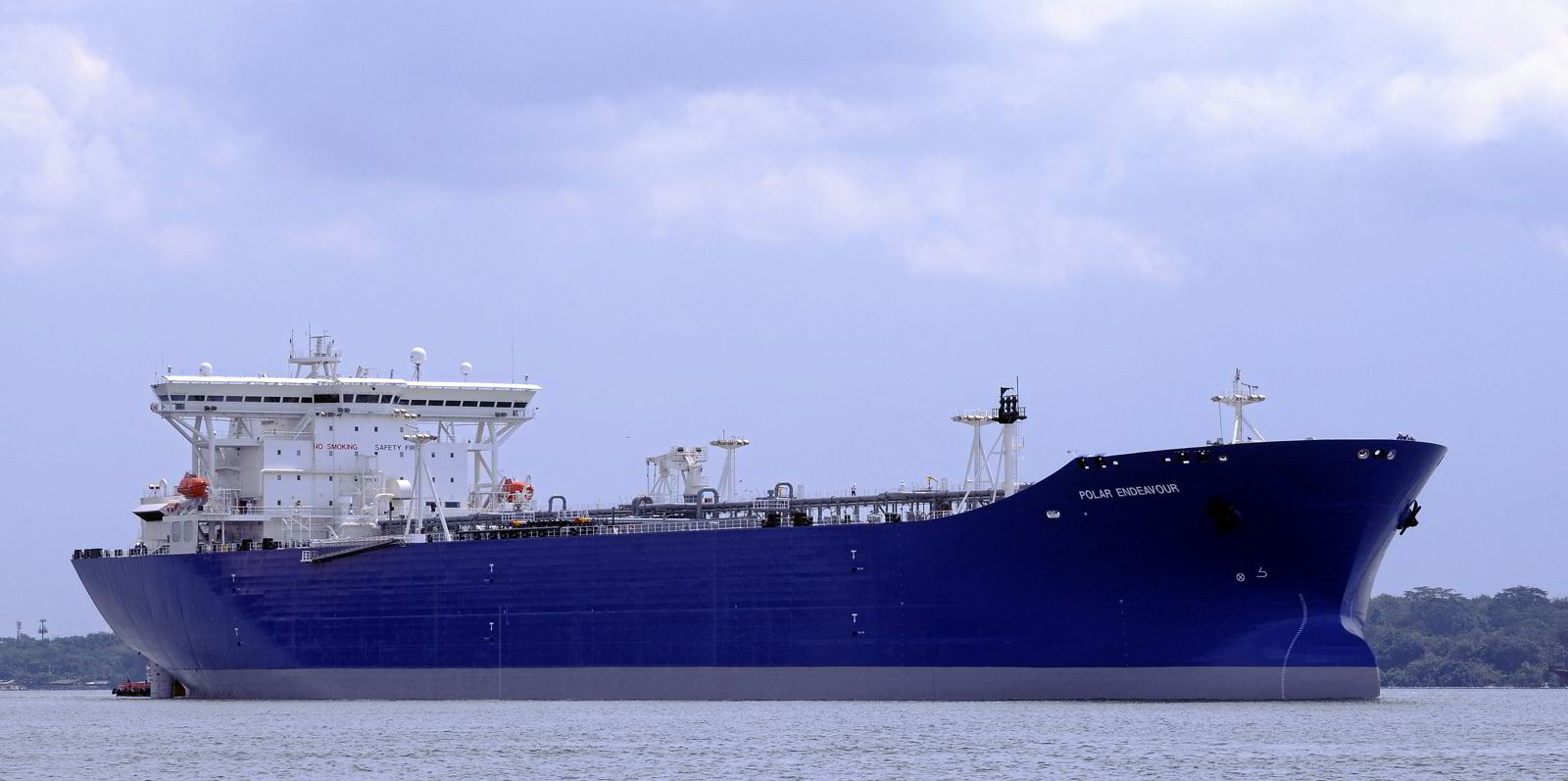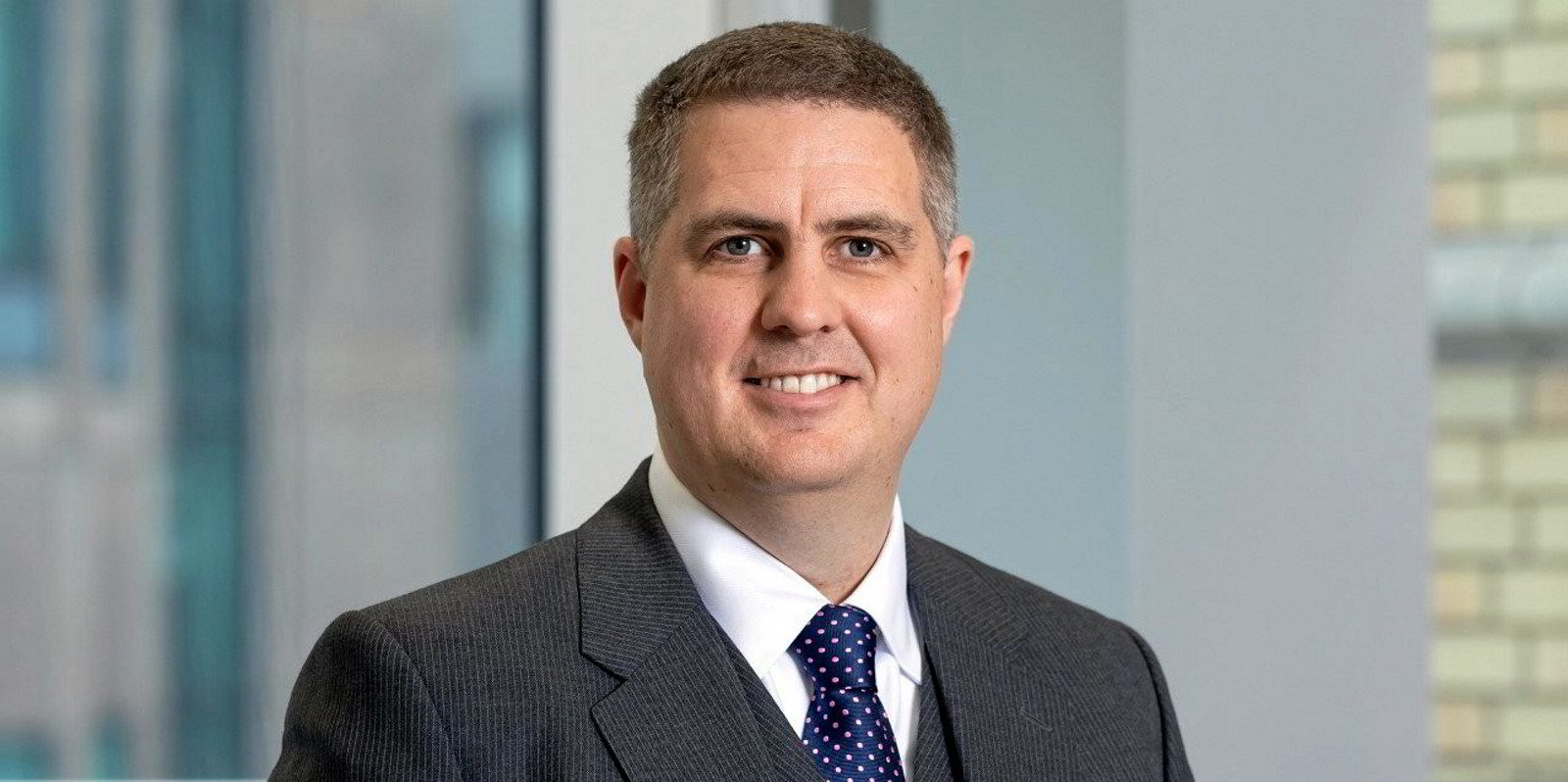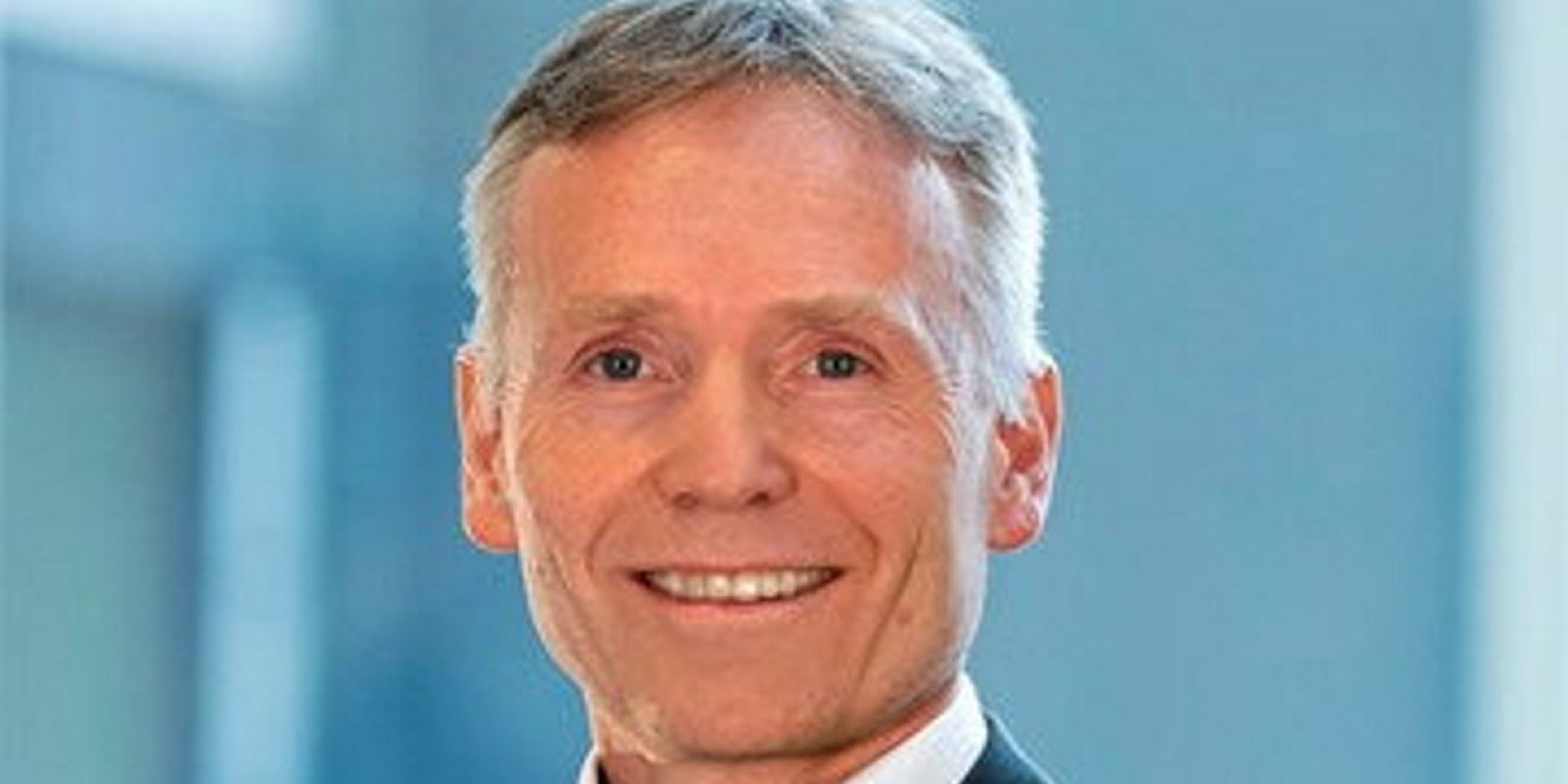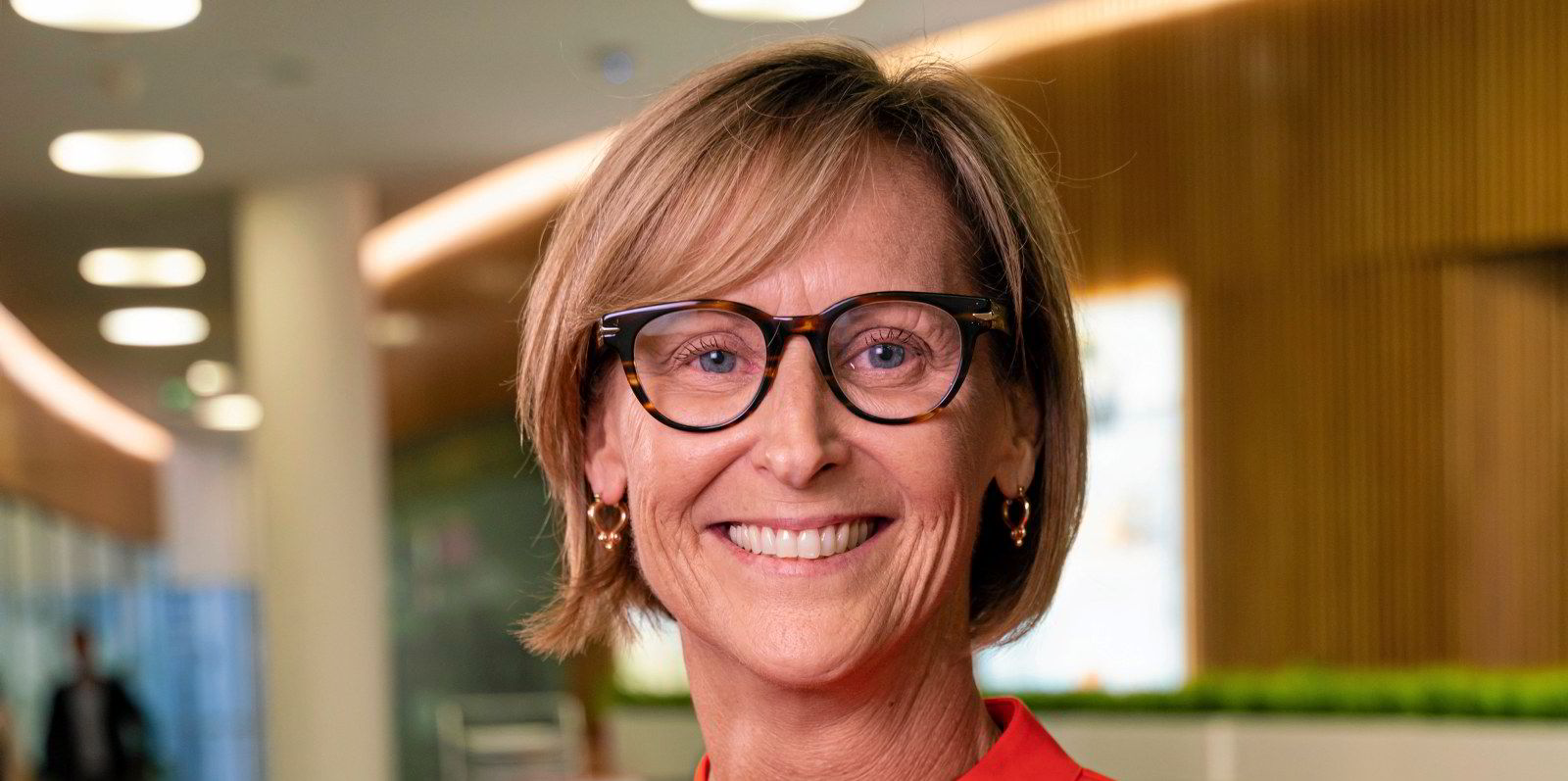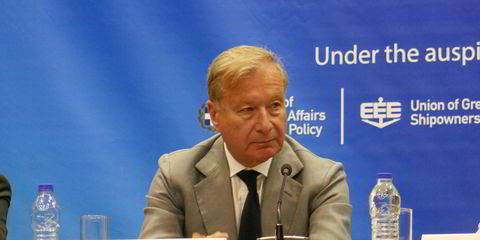The use of 3D printed parts has been successfully trialled on a tanker, paving the way for the more widespread use of the emerging technology in the shipping industry.
The parts were produced by 3D Metal Forge, through 3D printing, also known as additive manufacturing (AM).
The parts were installed on the ConocoPhillips Polar Tankers' US flag 141,000-dwt suezmax tanker Polar Endeavour (built 2001) by Sembcorp Marine, and operated and trialled for six months.
The parts were then inspected by the crew and inspected remotely by classification society American Bureau of Shipping (ABS).
Tests showed that the parts were in "good working order," according to a statement from the project partners.
"We are delighted with the performance of the parts and the successful completion of the project," said Patrick Ryan, ABS senior vice president, Global Engineering and Technology.
"It’s an important step forward for a technology that certainly has a significant role to play in the future of the marine industry. ABS is committed to ensuring these types of parts are introduced without compromising safety," he added.
The 3D parts which were tested included a gear set and gear shaft for a boiler fuel supply pump, a coupling for a sanitation pump, and an ejector nozzle for a fresh water generator.
The AM process involves fabricating parts by adding material layer by layer. 3D printing allows components to be fabricated locally, even onboard ships and offshore units, and could potentially revolutionise the supply of machinery parts to ships.
The process is being looked at as potentially bringing new efficiencies, reduced manufacturing time, and improvements in the supply of parts.
The AM produced parts used in the trial have now been approved for use by ABS.
3D Metalforge managing director, Matthew Waterhouse, said: "The inspection and validation of these additively manufactured components support our belief in this technology and its application. This exposure to AM's capabilities will broaden its commercial applications and acceptance in the future.”
